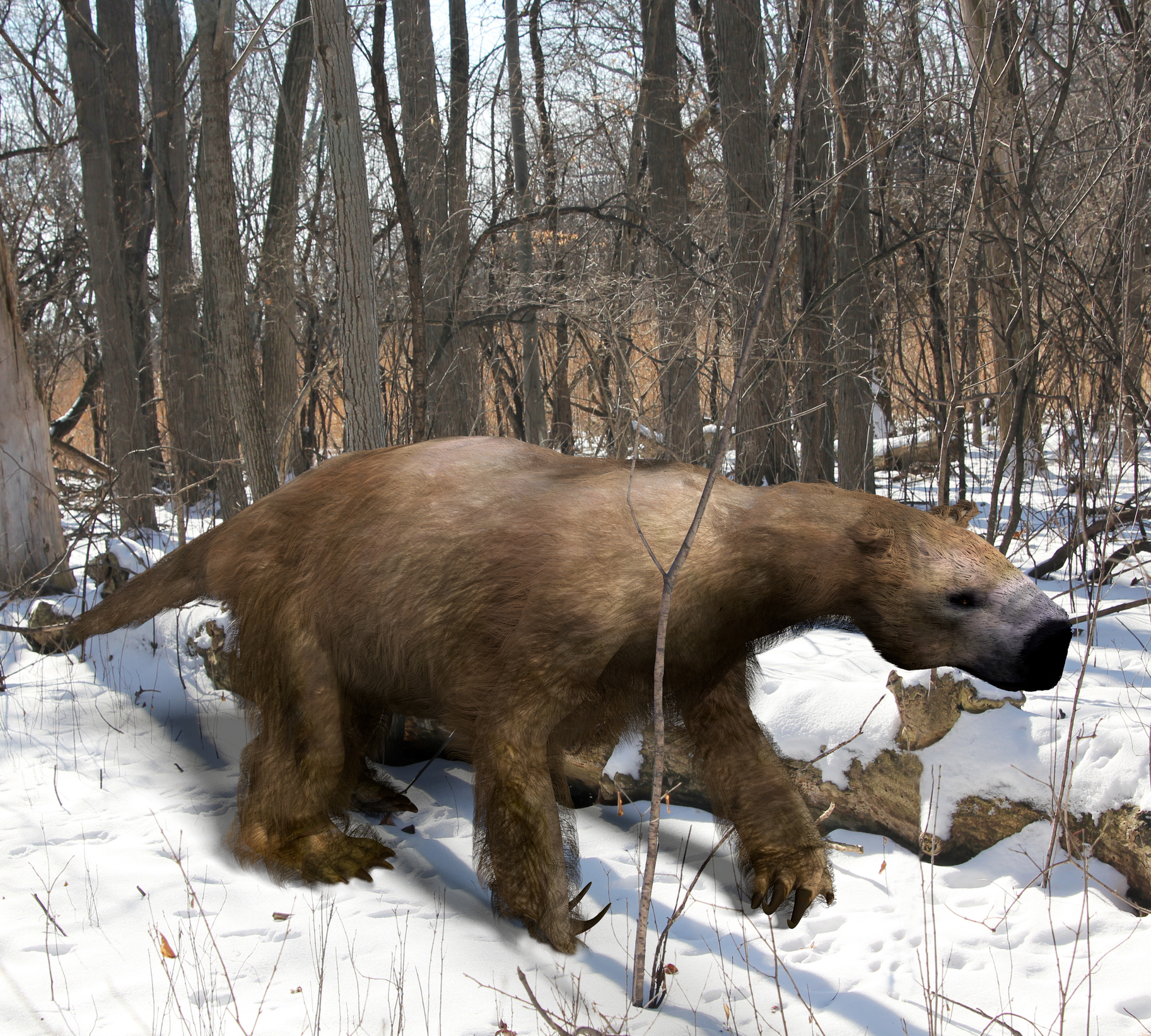
This group of elementary students are history makers! “They were building a dam, looking for crawdads," Bryn Evans, a teacher at Tara Redwood School in California recalled in an interview. "They're just in the mud pulling things out and then one of them comes up and is like, 'This isn't a stick, this is a bone." Their discovery turned out to be a prehistoric left arm bone of an ancient Jefferson's ground sloth (known as Megalonyx jeffersonii). The fossil is believed to be between 11,500 and 300,000 years old.
The bone was taken to the Santa Cruz Museum of Natural History museum and examined by Wayne Thompson, a paleontology collections advisor. He was able to identify the origin of the bone with help of fossil sloth experts.
The museum’s executive director, Felicia Van Stolk, believes the discovery will "inspire generations," and also noted that it's the first reported fossil for the species in Santa Cruz County. “Fossils are a great way to engage people with the deep past, and we’re so excited students made this important discovery that will continue to inspire generations of museum visitors and scientists," she said in a statement.
More from LittleThings: 13 Gorgeous New Museums From Around The World
"It’s just one of those iconic animals that more people should know about,” sloth expert Melissa Macias said. As stated on the museum's website, the Jefferson’s ground sloths were "large herbivorous mammals with blunt snouts." They weighed anywhere between 2,200 and 2,425 pounds and could grow up to 10 feet long.
They were plant-eating mammals, had three toes, and walked on all fours. The sloths could also stand on their hind legs and used caves for shelter. They mostly lived alongside rivers and lakes in forests, likely using their long sharp claws for stripping leaves from branches, according to museum officials.
The students' discovery comes not long after a runner discovered a mastodon tooth on nearby Rio Del Mar Beach in 2023. “Both of these fossils are from the same era and their discoveries increase our understanding of what this region would have looked like in the Pleistocene,” museum officials shared.
The prehistoric animal is named in honor of Founding Father Thomas Jefferson, who documented fossil bones he found of the animal in West Virginia in the late 1700s. He carried the fossils with him to Philadelphia. “It’s part of Americana really, and he brought the bones of Thomas Jefferson’s ground sloth to Philadelphia,” paleontologist Wayne Thompson explained. “He carried them with him when he went to Philadelphia to accept the vice presidency.”
The museum is planning to showcase the fossil in its Art of Nature exhibit from March 23, 2024, to May 26, 2024. One of the kids has their heart set on finding more fossils, sharing that they “are trying to find the rest of the skeleton if it’s out there.”
“We are so thrilled that young students were the ones who discovered this fossil,” Felicia said. “It’s part of the museum’s history to have young naturalists, young people who are interested in looking at nature, exploring and collecting.”




